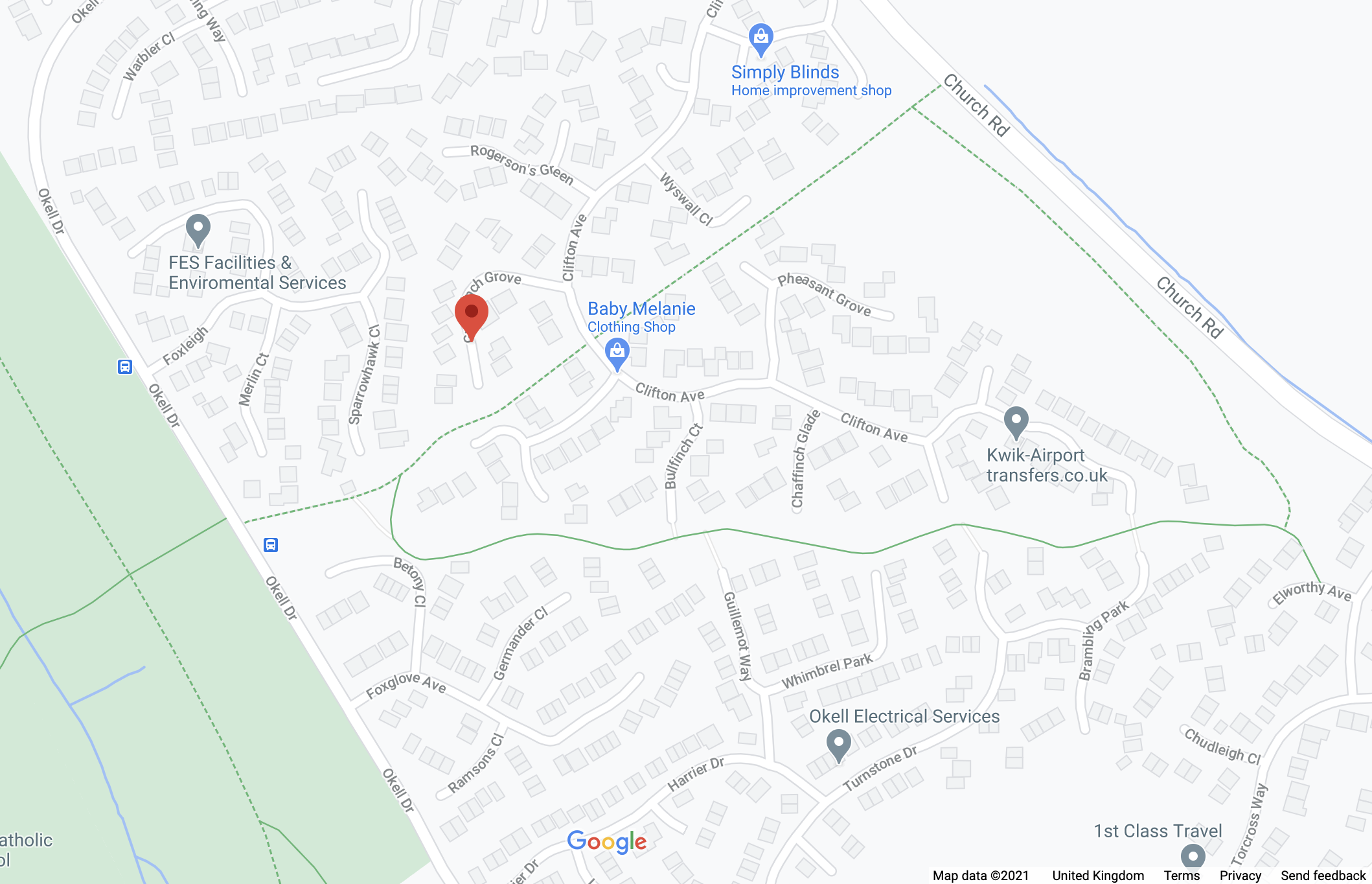Visiting the grandparents
When I was a kid, I quite often used to go and stay with my grandparents on my mum’s side.
They lived in a suburban house on the edge of town, a bus ride from the city centre. My grandad could drive but my granny couldn’t.
History repeats itself.
We’re at the in-laws this week; my children’s grandparents on their mum’s side. They live in a suburban house on the edge of town, a bus ride from the city centre. Their grandad can drive but their nanna can’t.
It’s all very familiar.
But the superficial similarities disguise some important differences. (Not least when I went to stay with my grandparents, we were allowed in the actual house…..)
Granny and Grandad’s house:
This was the house in which I went to stay in the 1990s:
My Granny and Grandad’s house
They lived in a suburban street in Hangleton, on the edge of Brighton. The houses are a mix of detached and semis, with large front and back gardens and off-street parking.
But while the houses are good for car-users, note the bus stop in the foreground. My Granny and I would sit in the front room and listen for the sound of the brakes on the hill up the street, step out and hail the bus.
The reason a bus was able to come down my Granny’s street is because it is straight and wide, so a bus route can usefully get from A-B along it.
Here’s a map of Hangleton. You can see the bus stops distributed right through the suburb - on the streets people live on:
Hangleton
Nanna and Grandad’s house
Here’s the house we take my daughters to:
Nanna and Grandad’s house
Nanna and Grandad’s house is a very similar size, with a near-identical room layout. But it was built in the modern era, so there is no possibility of a bus stop outside as the road is a dead-end; like all the roads in the area:
Halewood
Buses can’t penetrate any of the streets on which people live, so they’re relegated to an outer ‘ring road’ of the suburb. This street has no houses, so can be intimidating. On the day the Google car drove past, it was bright and sunny. But after dark, their local bus stop doesn’t have the same atmosphere:
Isolated
Whereas my granny and I could step out of the house onto the bus, a trip into town from Nanna’s house is a bit more of an expedition.
My Granny’s house had buses passing the front door every few minutes; Nanna’s house cannot.
This is engineered into the design of these suburbs; kids growing up in Halewood are likely to learn to drive at the first opportunity because it will give them freedom from a windswept bus stop; and because the streetscape (dominated by off-road parking with most streets, though not my in-laws’, having no pavements) shouts to you about a car-based life.
What’s more important for a bus strategy?
The DfT has just started the process of updating the Manual for Streets. This worthy tome, last updated in 2007, sets out excellent design principles that - if adopted - should prevent this kind of thing.
But this study shows that it is not being used. 1 in 5 housing schemes should not have been granted planning permission, and developers are getting badly designed schemes through on appeal.
As part of the bus strategy, the DfT should be putting pressure on colleagues in the Department for Communities and Local Government to ensure that the Manual for Streets is not just written, but used.
Click here for more on what should be in the National Bus Strategy
Do you Tweet? Here’s one ready-made





